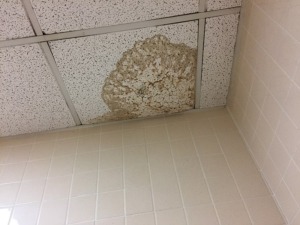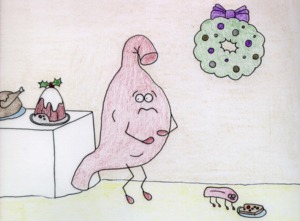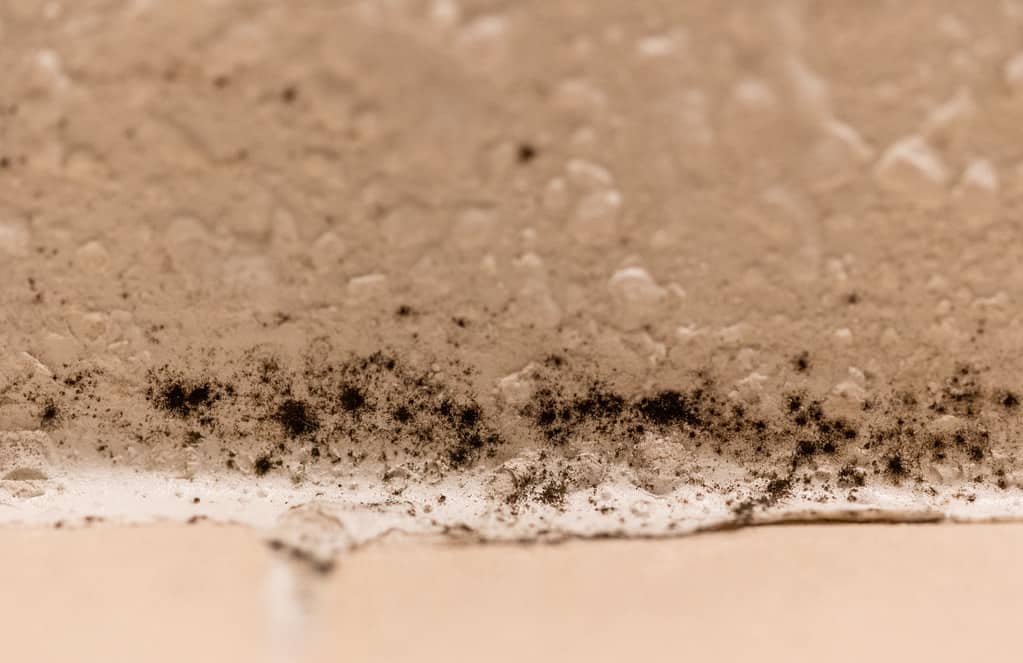 It’s that time of year again, where people may be noticing signs of mold popping up in their homes. Mold develops for a variety of reasons, but the most common ones include temps sufficiently warm enough as well as moisture. It’s common in the winter due to homes being closed up, and often homeowners are running humidifiers to counteract dry air that can result from a furnace running.
It’s that time of year again, where people may be noticing signs of mold popping up in their homes. Mold develops for a variety of reasons, but the most common ones include temps sufficiently warm enough as well as moisture. It’s common in the winter due to homes being closed up, and often homeowners are running humidifiers to counteract dry air that can result from a furnace running.
The problem is that indoor humidity often rises above an optimal level, due to additional sources of moisture such as cooking and showers. Even breathing can cause a lot of moisture in the air, and in the winter we tend to spend more time in our homes. But then along comes the traditionally wet late winter/early spring the Pacific Northwest gets, and you may find wet basements or crawl spaces, also breeding grounds for mold. And then there are roof leaks. (Photo shown here is of ceiling tiles that got wet from a roof leak; those tell-tale stains often harbor mold.)
Molds are fungi that form dust-like spores. Those spores become airborne, which is why it can spread so easily. There are at least 5 types commonly found in homes. But not all fungi create mold.
Mold of any sort can be more than just an ugly annoyance; for those who are mold-sensitive or even have mold allergies, it can be a health threat. And the first thing to know is that there are multiple species of molds, some more dangerous than others. One in fact is actually beneficial; penicillin was developed from the mold species penicillium. The most toxic one is commonly referred to as ‘black mold’; its scientific name is Stachybotrys chartarum. This is the mold that can trigger a severe immune response in those who may be allergic to it.
Mold should never be ignored, and the sooner you deal with it, the better. Mold will continue to spread, and if left untreated will just get worse. And not only can it cause health issues but it can also destroy physical structures. Plus, the mold you see on the surface isn’t all there is. Mold sends little tendrils into its surroundings and can grow undetected. As an example, in the photo above, the stains on the acoustic ceiling tile don’t show what’s in the space above the ceiling. Most likely there is wet and moldy insulation and the mold has invaded parts of the roof structure.
The question then is, should you attempt to get rid of this mold by yourself? The answer? That depends on a variety of factors. If you or anyone in your home has respiratory issues like COPD, asthma, or other health problems that compromise your breathing, you should NOT attempt to clean it up yourself. If done improperly, not only can you risk your own health but can also cause it to spread. And if you haven’t gotten to what you can’t see, it’s just going to come back.
For the most part, mold remediation is best left to biohazard cleanup and remediation companies like ours. But at times cleanup of mildew (a specific type of mold) that may build up on hard surfaces such as those in your bathroom, can be done by homeowners provided proper precautions are taken and the right cleaning methods and products are used. We’ll cover some DIY mold cleanup tips in a future blog post, so make sure you’re a subscriber, and follow us on Facebook!






 Mold developing in a shower
Mold developing in a shower 



